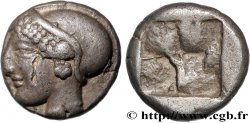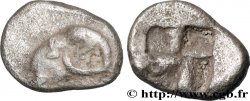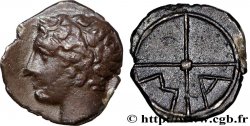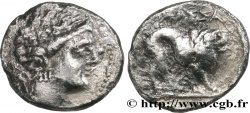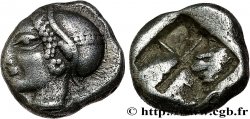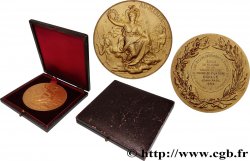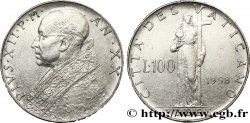Back 1/1
Live auction - bga_760611 - MASSALIA - MARSEILLE Hémidrachme au pégase, du type du trésor d’Auriol
You must signin and be an approved bidder to bid, LOGIN TO BID. Accounts are subject to approval and the approval process takes place within 48 hours. Do not wait until the day a sale closes to register. Clicking on "BID" constitutes acceptance of the terms of use of cgb.fr private live auctions.
Bids must be placed in whole Euro amounts only. The sale will start closing at the time stated on the item description; any bids received at the site after the closing time will not be executed. Transmission times may vary and bids could be rejected if you wait until the last second. For further information check the Live auction FAQ
All winning bids are subject to a 18% buyer’s fee.
All winning bids are subject to a 18% buyer’s fee.
| Estimate : | 850 € |
| Price : | 640 € |
| Maximum bid : | 700 € |
| End of the sale : | 06 September 2022 15:49:23 |
| bidders : | 2 bidders |
Type : Hémidrachme au pégase, du type du trésor d’Auriol
Date: c. 525 AC.
Mint name / Town : Marseille (13)
Metal : silver
Diameter : 12 mm
Weight : 2,54 g.
Rarity : R3
Coments on the condition:
Monnaie centrée à l’usure régulière. Joli protomé. Patine grise
Catalogue references :
Obverse
Obverse legend : ANÉPIGRAPHE.
Obverse description : Protomé de pégase à gauche, une sorte de collier de perle au cou, le corps en pointillé et les ailes marquées.
Reverse
Reverse legend : ANÉPIGRAPHE.
Reverse description : Carré creux irrégulier.
Commentary
Les hémidrachmes de ce type sont datées du dernier quart du VIe siècle avant J.-C., avec une masse théorique de 2,76 grammes (qui correspond au quart de statère phocaïco-persique de 11,04 grammes).
C’est la deuxième fois que nous proposons une monnaie de ce type.
Hemidrachms of this type are dated to the last quarter of the 6th century BC, with a theoretical mass of 2.76 grams (which corresponds to the Phocaic-Persian quarter stater of 11.04 grams). This is the second time that we have proposed a coin of this type
C’est la deuxième fois que nous proposons une monnaie de ce type.
Hemidrachms of this type are dated to the last quarter of the 6th century BC, with a theoretical mass of 2.76 grams (which corresponds to the Phocaic-Persian quarter stater of 11.04 grams). This is the second time that we have proposed a coin of this type







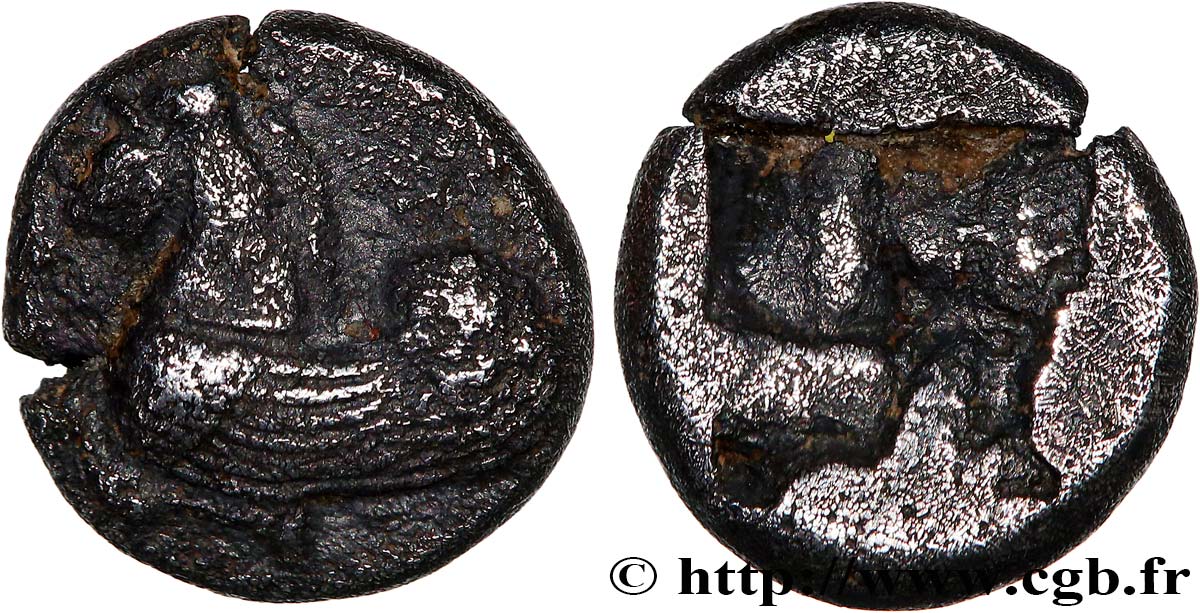
 Report a mistake
Report a mistake Print the page
Print the page Share my selection
Share my selection Ask a question
Ask a question Consign / sell
Consign / sell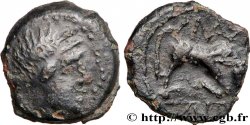
 Full data
Full data